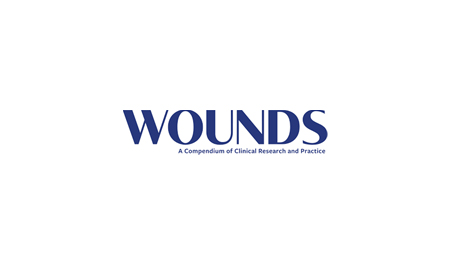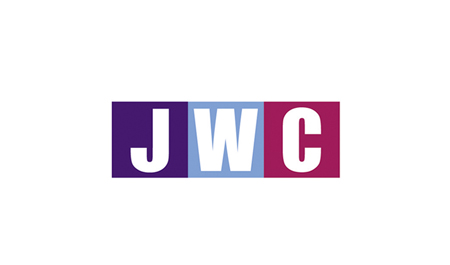The emergence of the COVID-19 pandemic has had a profound impact on the delivery of health and social care in the UK. Services have been forced to adopt unconventional ways of working to prepare for a world in which we must coexist with COVID-19. These unprecedented challenges have highlighted the need to explore alternative methods of delivering safe and effective shared care regardless of knowledge, training and specialist wound care skills. The aim of this evaluation was to document initial clinical experiences of Alprep Pad® and record the cleansing and debriding and performance. The evaluation would also explore patient reported outcome measures (PROMs) and record their personal experience of using the product between clinic visits. The findings demonstrated a 49% reduction in wound surface area over the 4-week evaluation period. One patient achieved complete healing and there was a 52% increase in the mean proportion of healthy granulation tissue documented at the wound bed, and 100% reduction in bioburden, slough and non-viable tissue. Sixty per cent of patients reported that they found Alprep Pad to be easy and convenient to use in the home setting. The remaining 40% found the product both easy and convenient to use in the home setting without the support of a healthcare professional. Overall, the PROMs demonstrated very high levels of satisfaction with the performance of Alprep Pad, with 100% of respondents expressing a preference to use the product in the future. In terms of delivering safe and effective shared care, Alprep Pad could be considered as a cost-effective intervention from a value-based healthcare perspective. Thus, reducing the need for frequent visits to the wound clinic for sharp debridement and minimising waiting times for treatment.
Back to All Clinical Evidence
Debridement/Wound Hygiene, Chronic Wounds
The role of Alprep Pad® in facilitating shared care of diabetic foot ulceration
Effectiveness of Alprep Pad® for cleaning and debridement of DFUs was studied
MolecuLight i:X was used to establish the presence of bioburden in the wound bed, wound edge and periwound skin
Wound size was measured using the MolecuLight device
















